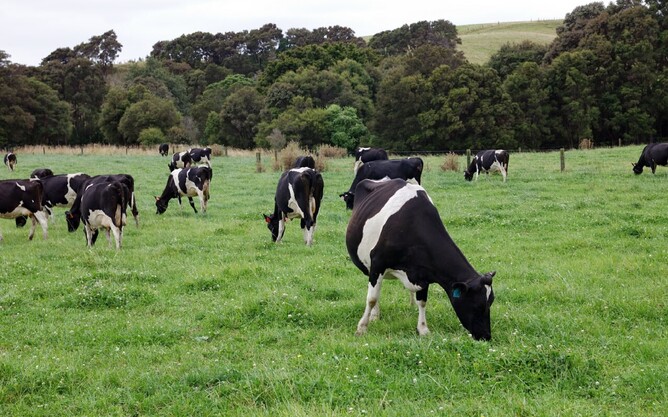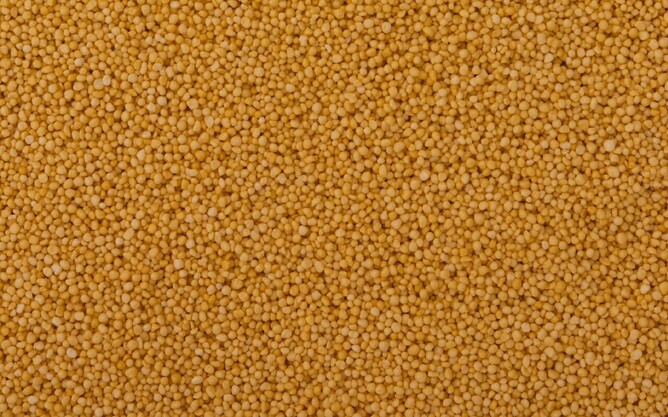The word ‘sustainable’ is being applied to everything these days, from everyday items like coffee cups, to global industries like fashion. Farming and fertiliser is no exception.
But while choosing a reusable coffee cup, or perusing your local op shop for a preloved jacket are reasonably straight forward acts of sustainability, what might sustainablity entail when fertiliser is at issue?
One strategy is to employ the 4Rs of nutrient stewardship (right source, right rate, right time, right place). Another option is to use a fertiliser that is sustainable.
Sustainable fertilisers
The scientific community generally agree that a sustainable fertiliser is one that provides the essential nutrients for crops to grow to their potential, while looking after the soil, and reducing harmful emissions.
Conventional fertilisers like urea and superphosphate aren’t sustainable because they lack nutrient efficiency, with some researchers reporting that plants only absorb 30 to 35% of the nutrients applied. Urea is prone to volatilisation and leaching. Superphosphate can also leach in some soils. In either case, they’re not plant available for long.
A far more sustainable option is to use a ‘Smart’ fertiliser.
‘Smart’ fertilisers
‘Smart’ fertilisers are a relatively recent development, but there is already a large body of research proving their worth as nutrient efficient fertilisers. Rather than being available for only a short time after application, the nutrients in Smart fertilisers are released more gradually so that they are available to plants over a longer time. Controlled-release fertilisers (CRFs) and slow-release fertilisers (SRFs) are two types of Smart fertiliser.
CRFs
CRFs have a controlled pattern of nutrient release, designed to match plant growth requirements. This control is achieved by encapsulating the nutrients with a coating which creates a permeable barrier between the nutrients and the soil. The types of coating and its properties can determine the control pattern, which is useful for manufacturing crop-specific fertiliser.
SRFs
SRFs release their nutrients gradually, but without the same precision as CRFs. However, they are compounds with complex chemical structures and low solubility. Their nutrients are released by microbial activity which is triggered by the same soil conditions that stimulate plant growth.
Benefits of Smart fertiliser
CRFs and SRFs are increasingly available to farmers in NZ. One company that champions the use of CRFs and SRFs is Fertco. “CRFs fit perfectly with our sustainable ethos,” says Warwick Voyce, Fertco CEO.
Arthur Payze, soil scientist and Fertco National Sales Manager says “Because the nutrients aren’t lost to the environment, our CRF nitrogen lasts for an entire growing season, so dairy farmers can apply it early in spring and that’s it. Our maize growers don’t even need to apply a side dressing.”
But what really impresses the team are the results. “We’ve had maize yields over 25 tonnes per hectare,” says Payze.
Even better, studies are showing that the controlled release of nutrients allows 20 to 30% less fertiliser need be applied to achieve the same yields. As Neil Macdonald, Fertco Commercial Manager says, “The money you spend on fertiliser stays on your property.”
That’s both smart and sustainable!
This article was published in the Coast & Country News.







